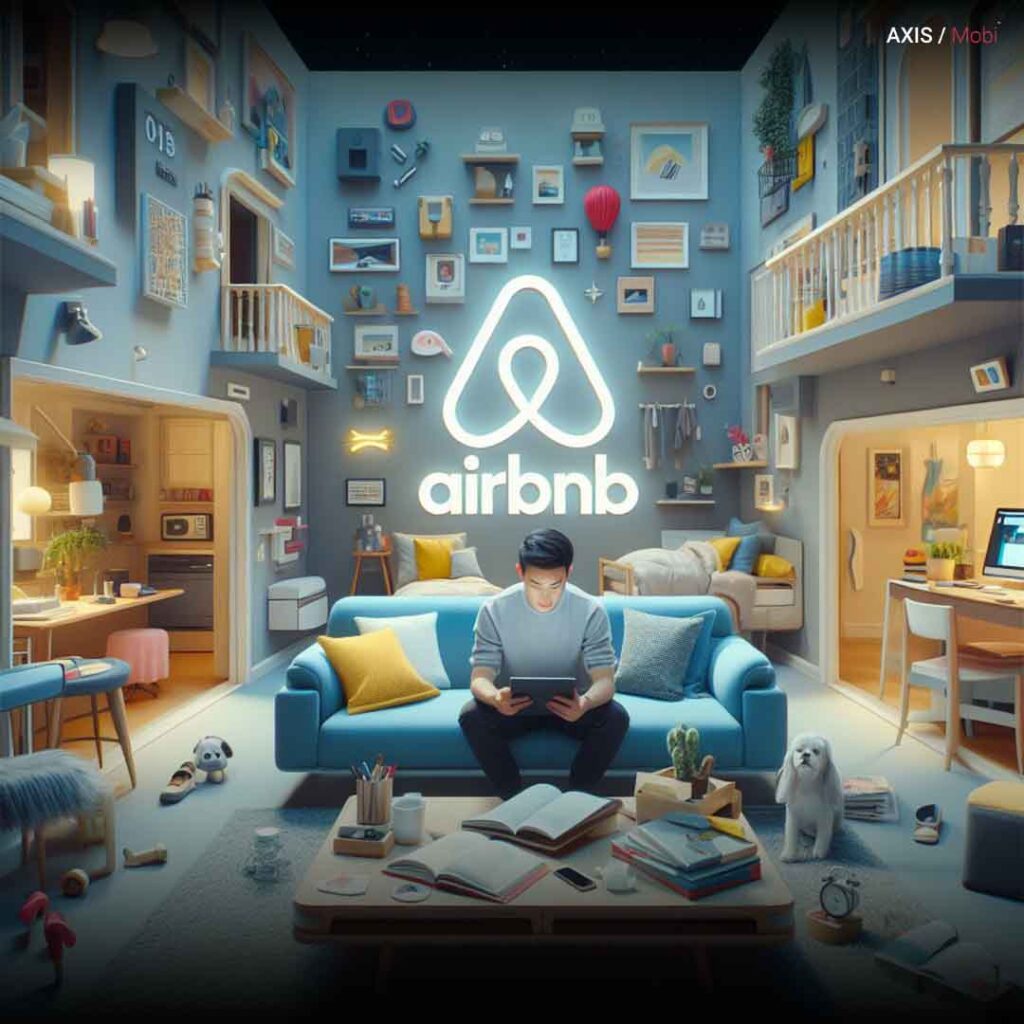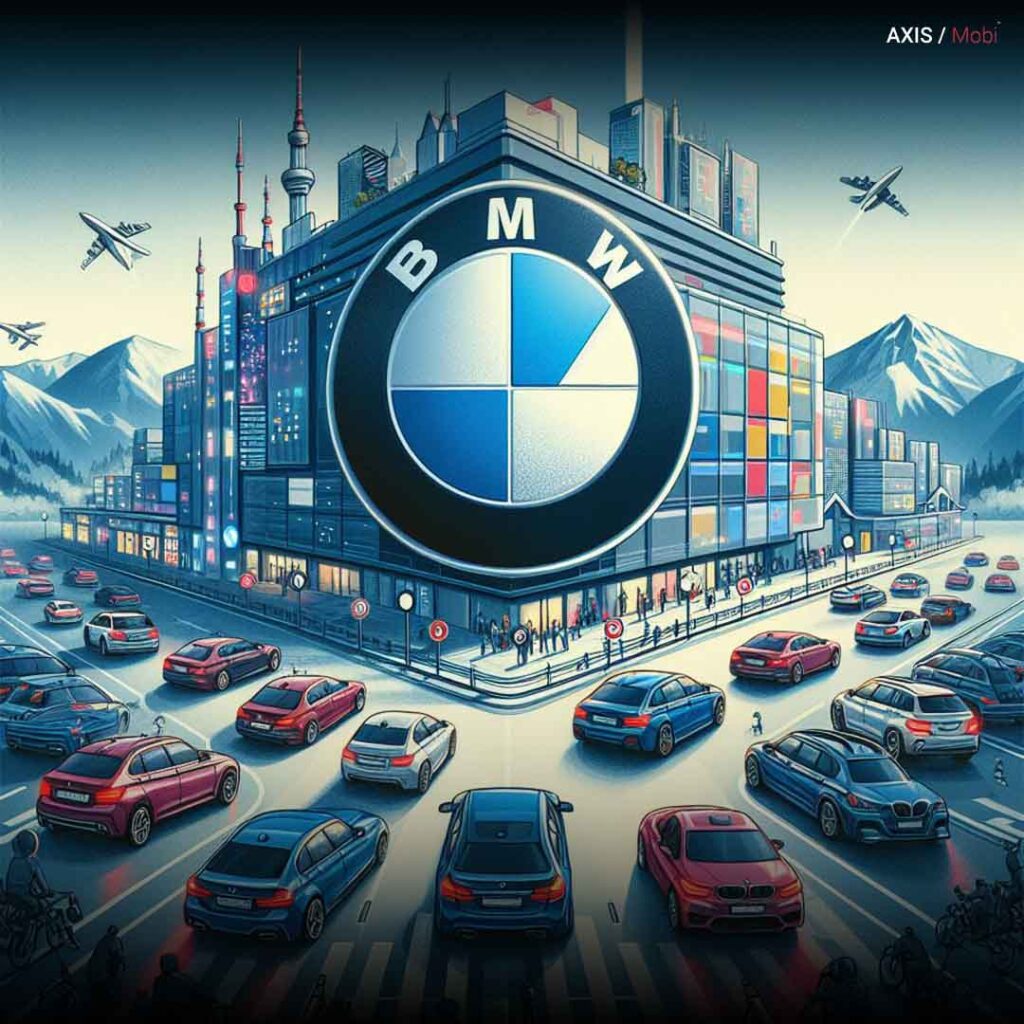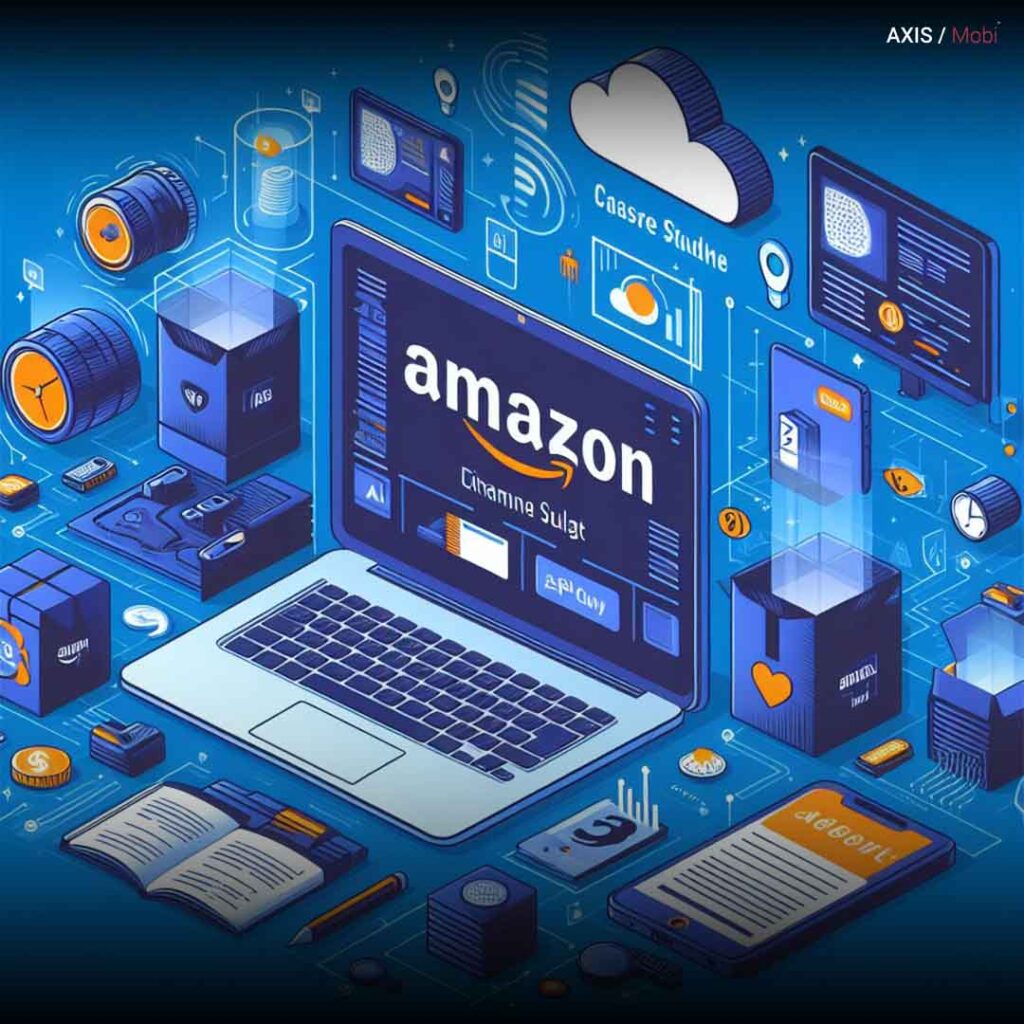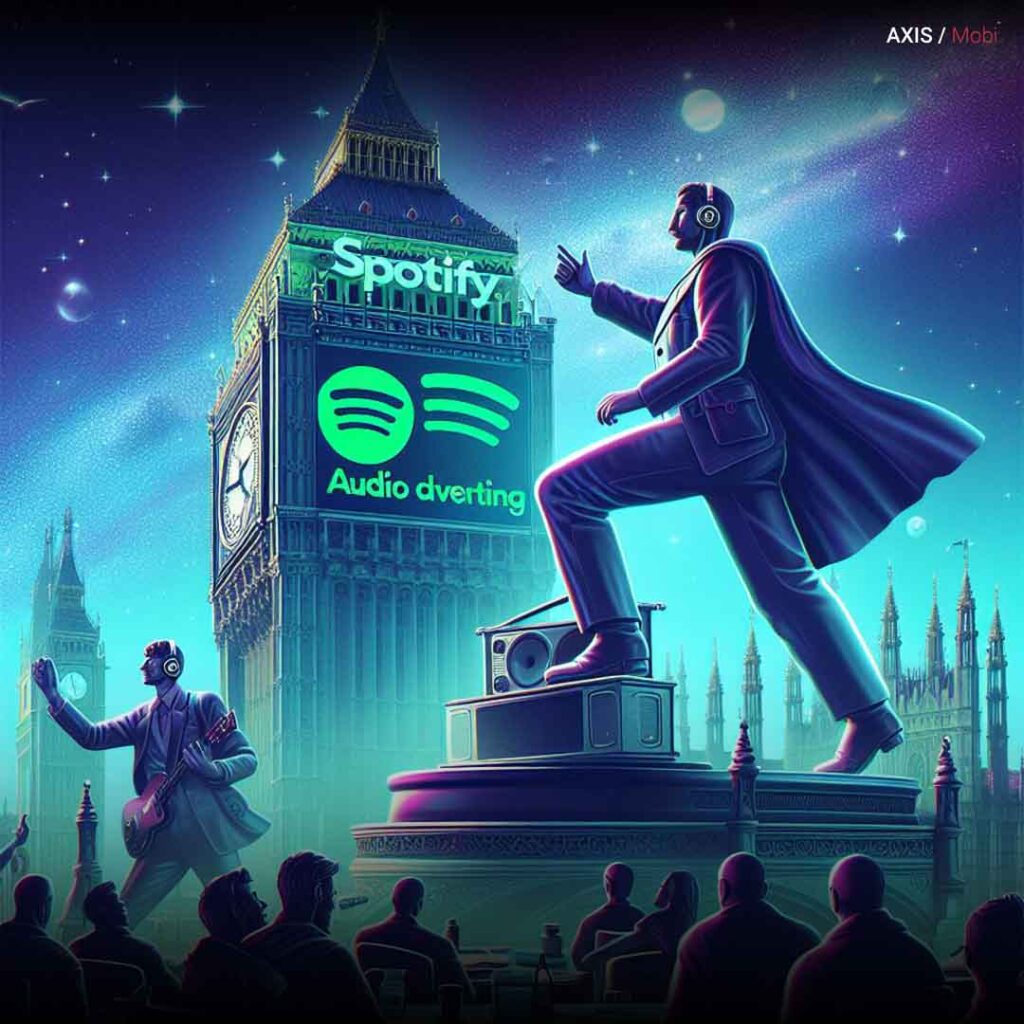In the ever-evolving landscape of digital advertising, marketers are constantly seeking efficient and effective ways to reach their target audiences. One of the tools that have revolutionized the advertising industry is Demand Side Platforms (DSPs). DSPs are software platforms that enable advertisers and agencies to buy digital ad inventory across multiple channels and publishers in real-time auctions. They empower marketers to reach the right audience with the right message at the right time. In this comprehensive guide, we will explore successful campaigns powered by Demand Side Platforms through a series of enlightening case studies.
Understanding Demand Side Platforms (DSPs)

Before we dive into the case studies, let’s briefly explore what Demand Side Platforms are and how they function:
Demand Side Platforms (DSPs) are technology platforms that allow advertisers to purchase digital advertising inventory programmatically across a range of publishers and ad exchanges. DSPs provide a single interface where advertisers can set campaign parameters, target specific audiences, and bid on ad impressions in real time.
Key Features of Demand Side Platforms:

- Real-Time Bidding (RTB): DSPs enable real-time bidding on ad impressions, allowing advertisers to bid on individual ad placements as they become available.
- Audience Targeting: Advertisers can define precise target audiences based on demographics, behavior, location, and other criteria.
- Data Integration: DSPs integrate with data providers, allowing advertisers to leverage third-party data to enhance targeting and decision-making.
- Campaign Optimization: DSPs use algorithms to automatically optimize ad campaigns, ensuring that ads are delivered to the most engaged and relevant audiences.
- Cross-Channel Campaigns: Marketers can run campaigns across various channels, including display, mobile, video, native, and social media, through a single platform.
Case Study 1 : Google’s Profitable Collaboration with a Digital Marketing Agency

Objective: Google, a global technology company, sought to increase online sales and brand visibility.
Solution: Google partnered with Digital Marketing Agency AlphabetX, known for its expertise in e-commerce marketing. Here’s how their collaboration played out:
Comprehensive SEO: AlphabetX conducted an in-depth SEO audit of Google’s website and implemented on-page and off-page optimization strategies.
Pay-Per-Click (PPC) Advertising: The agency managed a PPC campaign that included keyword research, ad copywriting, and landing page optimization.
Content Marketing: AlphabetX created high-quality blog posts and product descriptions to enhance SEO and engage customers.
Social Media Management: They developed a content calendar and managed Google’s social media accounts to increase brand visibility and engagement.
Results:
Google’s organic search traffic increased by 70% within six months.
The PPC campaign led to a 45% increase in online sales.
Blog posts and content marketing efforts positioned Google as an industry authority.
Key Takeaway: By collaborating with an agency that provided a well-rounded digital marketing strategy, Google achieved substantial growth in online sales and brand visibility.
Results:
Company A’s Instagram followers increased by 60% over the campaign period.
Engagement rates soared, with likes, comments, and shares reaching record highs.
Sales of featured products increased by 35%.
User-generated content grew organically, fostering a sense of community among customers.
Key Takeaway: By leveraging influencer partnerships, engaging content, and user-generated content, Agency X helped Company A achieve remarkable growth in brand awareness and engagement on social media.
Case Study 2: Airbnb’s Hyper-Personalized Campaign

Objective: Airbnb aimed to increase bookings for unique and personalized travel experiences on its platform.
Solution: Airbnb used a Demand Side Platform to run a hyper-personalized ad campaign. They segmented their audience based on travel preferences, location history, and previous bookings.
Results:
- Airbnb’s hyper-personalized ads achieved a 40% higher conversion rate compared to their standard campaigns.
- The use of dynamic creative optimization (DCO) through the DSP allowed Airbnb to display relevant images and content tailored to each viewer’s interests.
- The campaign’s success led to a 20% increase in bookings for the featured experiences.
Key Takeaway: DSPs enable advertisers like Airbnb to deliver highly personalized and relevant ads, resulting in higher conversion rates and increased bookings.
Case Study 3: BMW’s Cross-Channel Success

Objective: BMW aimed to promote its new electric vehicle model to a global audience.
Solution: BMW employed a Demand Side Platform to orchestrate a cross-channel campaign that included display, video, and social media advertising. They used geotargeting to reach users in regions where the electric vehicle was available.
Results:
- The cross-channel campaign achieved a 35% increase in brand awareness for the new electric vehicle.
- BMW leveraged the DSP’s cross-device targeting capabilities, resulting in a 28% rise in leads from mobile users.
- The real-time reporting and optimization features of the DSP allowed BMW to allocate budget to the best-performing channels, improving ROI by 18%.
Key Takeaway: DSPs provide the flexibility to execute cross-channel campaigns efficiently and optimize budgets based on real-time performance data, contributing to increased brand awareness and lead generation.
Case Study 4: Amazon’s Data-Driven Advertising

Objective: Amazon sought to boost sales for a selection of its consumer electronics products.
Solution: Amazon used a Demand Side Platform to implement a data-driven advertising campaign. They leveraged their vast data resources to target consumers who had previously shown interest in similar products on the Amazon platform.
Results:
- The data-driven campaign achieved a 45% increase in click-through rates compared to their previous non-programmatic efforts.
- Amazon’s use of retargeting strategies through the DSP led to a 30% higher conversion rate.
- The campaign’s success contributed to a 20% increase in sales for the advertised products.
Key Takeaway: DSPs, when combined with rich data sources, enable advertisers like Amazon to deliver highly relevant and targeted ads, resulting in improved click-through rates, conversions, and sales.
Case Study 5: Spotify’s Audio Advertising Triumph

Objective: Spotify wanted to increase awareness and subscriptions for its premium music streaming service.
Solution: Spotify employed a Demand Side Platform to execute an audio advertising campaign. They used programmatic audio ads to target users based on their music preferences and listening habits.
Results:
- The programmatic audio campaign achieved a 35% increase in ad recall compared to their traditional audio ads.
- Spotify leveraged the DSP’s dynamic ad insertion capabilities to deliver personalized messages to different segments of their audience.
- The campaign contributed to a 25% rise in premium subscription sign-ups.
Key Takeaway: DSPs support programmatic audio advertising, allowing advertisers like Spotify to create highly engaging and personalized audio ads that drive ad recall and subscriptions.
Case Study 6: Nike’s Dynamic Video Advertising
Objective: Nike aimed to promote its latest line of running shoes to a global audience.
Solution: Nike used a Demand Side Platform to execute a dynamic video advertising campaign. They created multiple video ad variations highlighting different product features.
Results:
- The dynamic video campaign achieved a 50% higher video completion rate compared to their previous static video ads.
- Nike leveraged the DSP’s real-time optimization capabilities to automatically show the most relevant video based on viewer behavior.
- The campaign led to a 15% increase in online sales of the advertised running shoes.
Key Takeaway: DSPs enable the creation of dynamic video ads that can adapt to viewer preferences, resulting in higher engagement and conversions.
Case Study 7: American Express’s Programmatic Success
Objective: American Express sought to increase card applications for a new premium credit card offering.
Solution: American Express used a Demand Side Platform to execute a programmatic ad campaign. They employed AI-driven algorithms to identify users likely to be interested in the premium credit card.
Results:
- The programmatic campaign achieved a 40% higher click-through rate (CTR) compared to their non-programmatic efforts.
- By leveraging the DSP’s data analytics, American Express identified specific demographics and behaviors associated with high conversion rates.
- The campaign contributed to a 25% increase in credit card applications.
Key Takeaway: DSPs, when combined with AI-driven algorithms, can significantly improve audience targeting and CTR, ultimately driving more conversions.
Conclusion
Demand Side Platforms have transformed the way advertisers reach and engage their target audiences. The case studies presented here demonstrate the remarkable success that organizations have achieved by harnessing the power of DSPs. Whether it’s achieving higher engagement, delivering hyper-personalized ads, optimizing cross-channel campaigns, leveraging data for targeting, or creating dynamic and programmatic ads, DSPs offer a wide range of capabilities that drive tangible results.
As the advertising landscape continues to evolve, the role of DSPs in successful campaigns is only expected to grow. By embracing these platforms and staying attuned to the latest trends and technologies, advertisers can continue to innovate and create impactful, data-driven campaigns that resonate with their audiences and drive business growth. Demand Side Platforms are not just tools; they are powerful engines of marketing success.
Frequently Asked Questions (FAQs)
-
What is the role of Demand Side Platforms (DSPs) in digital advertising?
DSPs play a pivotal role in digital advertising by providing technology platforms that enable advertisers to programmatically purchase ad inventory across various channels and publishers in real-time auctions. This empowers marketers to reach their target audiences efficiently and effectively with personalized messages.
-
How do Demand Side Platforms function, and what are their key features?
Demand Side Platforms operate as technology interfaces where advertisers can set campaign parameters, define target audiences, and bid on ad impressions in real time. Key features include Real-Time Bidding (RTB), audience targeting based on demographics and behavior, data integration for enhanced targeting, automated campaign optimization, and the ability to run cross-channel campaigns through a single platform.
-
What benefits do advertisers gain from using Demand Side Platforms?
Advertisers benefit from DSPs through real-time bidding, precise audience targeting, integration with third-party data for better decision-making, automated campaign optimization, and the ability to run campaigns across multiple channels, enhancing their reach and engagement.
-
How do DSPs contribute to hyper-personalized advertising campaigns?
DSPs enable hyper-personalized advertising by allowing advertisers to segment audiences based on preferences, location history, and previous interactions. Airbnb’s campaign, for instance, achieved a 40% higher conversion rate with hyper-personalized ads, showcasing the impact of DSPs in delivering relevant content tailored to individual viewers.
-
What are the key takeaways from the case studies mentioned in the guide?
The case studies highlight several key takeaways, including the importance of collaborating with digital marketing agencies for comprehensive strategies, the effectiveness of influencer partnerships and engaging content in social media campaigns, and the impact of DSPs in achieving higher conversion rates, increased brand awareness, and improved ROI across various industries.
-
How do DSPs support programmatic advertising, and what results can advertisers expect?
DSPs support programmatic advertising by enabling real-time bidding on ad impressions, automating campaign optimization, and allowing advertisers to target specific audiences. Results include higher click-through rates, improved ad recall, and increased conversions, as demonstrated by Amazon’s data-driven campaign achieving a 45% increase in click-through rates.
-
In what ways have DSPs revolutionized cross-channel advertising campaigns?
DSPs have revolutionized cross-channel campaigns by providing a single platform for advertisers to run campaigns across display, video, mobile, native, and social media. BMW’s success in achieving a 35% increase in brand awareness and optimizing budget allocation based on real-time performance data exemplifies how DSPs contribute to effective cross-channel advertising.
-
How does the use of data contribute to the success of advertising campaigns on DSPs?
The use of data is crucial for advertisers on DSPs as it allows them to leverage third-party data for enhanced targeting and decision-making. Amazon’s data-driven advertising campaign, for instance, achieved a 45% increase in click-through rates and a 30% higher conversion rate, showcasing the impact of rich data sources in delivering relevant and targeted ads.
-
What is the future outlook for Demand Side Platforms in the evolving advertising landscape?
As the advertising landscape continues to evolve, Demand Side Platforms are expected to play an increasingly significant role. Advertisers can expect continued innovation, impactful data-driven campaigns, and further integration of DSPs with emerging technologies to create resonant and successful marketing strategies.




